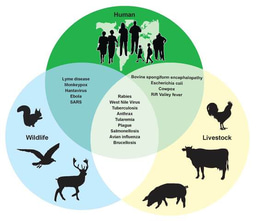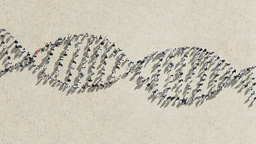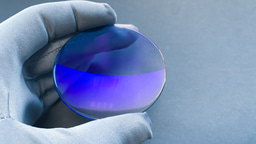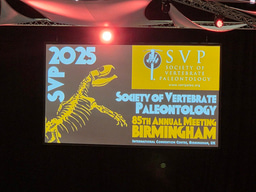Deep learning of recorded behaviour discriminates visual losses in infants
The analysis of behavioural patterns from standardized video recordings of infants with varying degrees of visual impairment allows, via deep learning, to discriminate the infants by visual-impairment severity and by ophthalmological condition.
Published in Bioengineering & Biotechnology
Like
Be the first to like this
Follow the Topic
Biotechnology
Life Sciences > Biological Sciences > Biotechnology
-
Nature Biomedical Engineering

This journal aspires to become the most prominent publishing venue in biomedical engineering by bringing together the most important advances in the discipline, enhancing their visibility, and providing overviews of the state of the art in each field.






Please sign in or register for FREE
If you are a registered user on Research Communities by Springer Nature, please sign in
The cover illustrates the deep-learning-based classification of infants by ophthalmic condition via a deep-learning algorithm trained on standardized video recordings of the behaviour of infants with varying degrees of visual impairment.
See Long et al.
Image: Haotian Lin and Yifan Xiang, Zhongshan Ophthalmic Center, Sun Yat-sen University. Cover design: Alex Wing